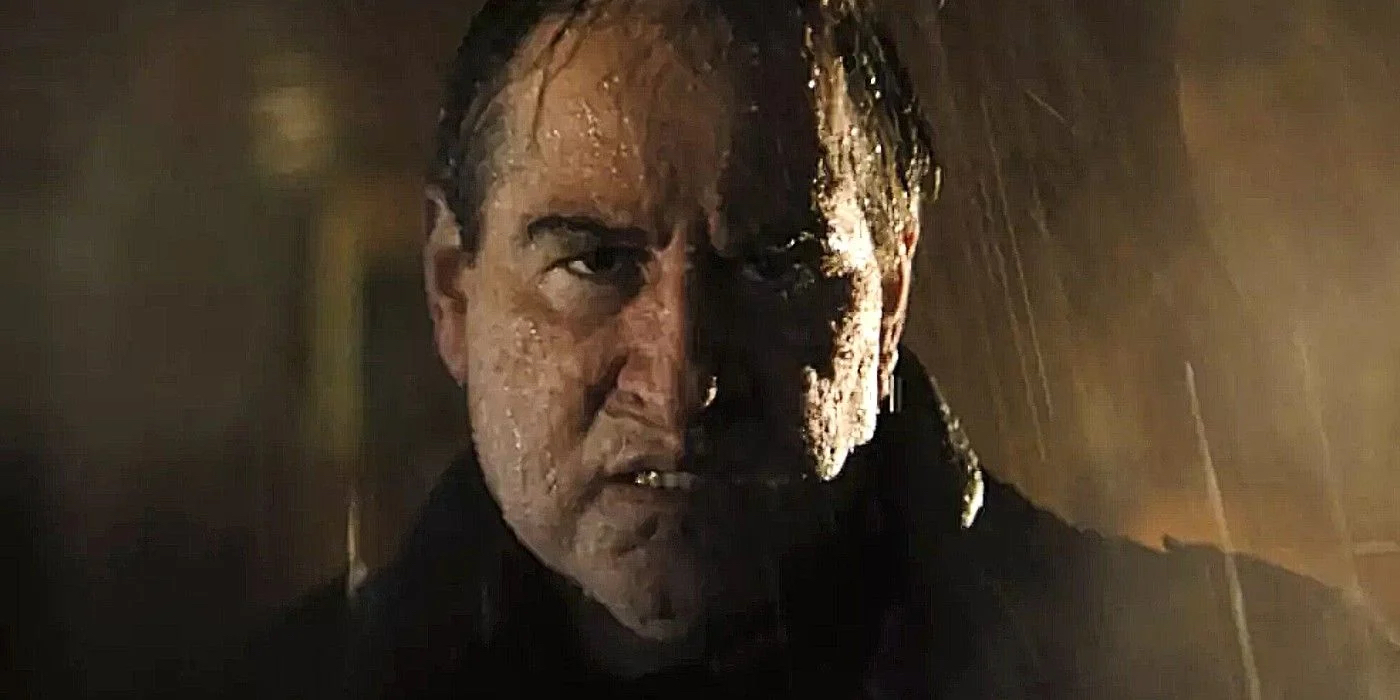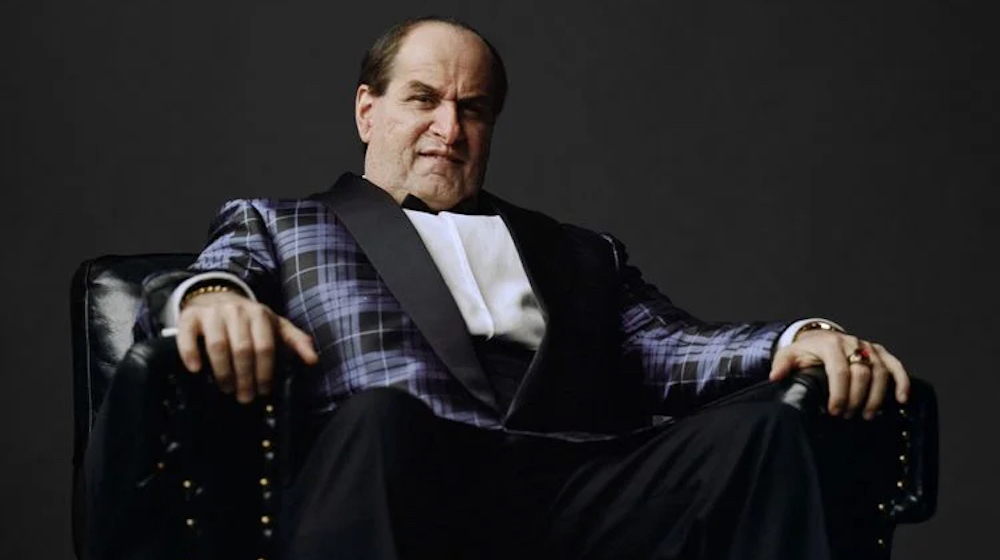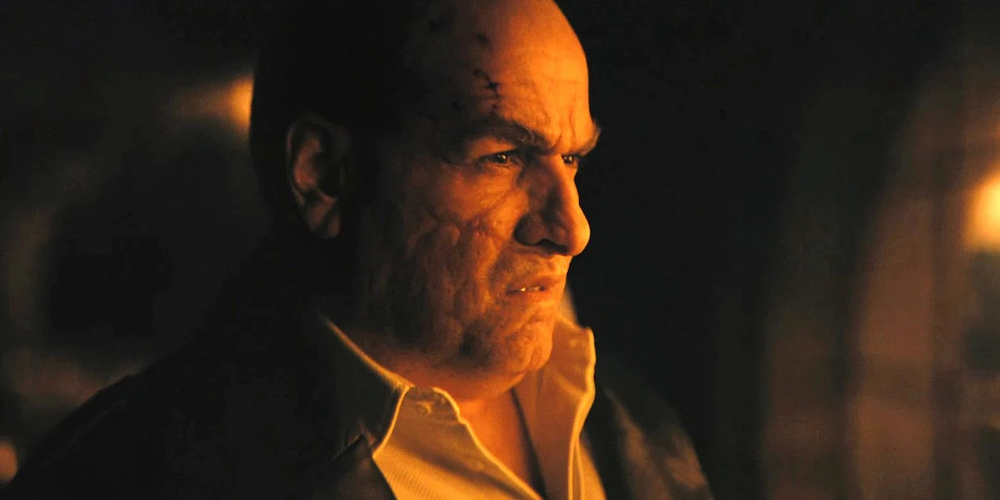Why Colin Farrell’s Penguin in ‘The Batman’ Should Be the End of the Fat Suit


Colin Farrell underwent radical SFX transformations to play the Penguin. But did the use of a fat suit contribute to his performance?
The fat suit is having a moment in Hollywood, and it’s not the good kind. The great movie machine has experienced a lot of growing pains when it comes to the respectful representation of diverse people on the silver screen. The use of fat suits is the latest faux pas to be stirring up important conversations.
This weekend, while everyone flocks to the theaters to check out The Batman, viewers will undoubtedly marvel at just how unrecognizable Colin Farrell is as the Penguin, Oswald Cobblepot. But would this transformation have been equally as effective without the use of a fat suit? And why does it matter?
The Penguin Doesn’t Have to Be Fat
First off, Farrell’s performance as the Penguin was an absolute *chef’s kiss*. His face, accent, body language, and other aspects of his performance make him utterly unrecognizable. The character doesn’t take up a lot of screen time in the three-hour film. But his scenes leave a remarkable impression that make a great feather in the gifted actor’s cap.
Cobblepot’s body isn’t really a feature in most of his frames. And anyhow, the Penguin doesn’t have to be fat. It’s not a part of his character identity and it doesn’t shape his narrative. The choice to use a suit doesn’t take or add anything to the radically transformative performance. So why do it?

Gotham‘s Robin Lord Taylor turned in a stellar performance as the Penguin – and he did it with his regular, everyday body, courtesy of the CW
At best, the production is just wasting time and money on a fat suit. But at worst, it tells the audience, some of whom are fat, that their bodies are a costume. And playing dress-up as a socially marginalized person is pretty insensitive, y’all. Real fat people don’t get to put on and take off the way they’re treated by society. Being publicly body shamed (often for laughs) and facing a pay gap or fewer job opportunities based on your weight isn’t something we should be costuming.
How’s About We Hire Fat Actors?
If decades of Law & Order episodes have proven anything, it’s that Hollywood has no shortage of gifted dramatic performers of every race, gender, and body composition. But on the silver screen, we often see the same cycle of thin, attractive-by-European-standards performers. Of course, things are starting to shift in favor of more representation, but the fact that the fat suit is still used in major productions like The Batman sends the message that we don’t include body diversity under the umbrella of human experiences worth portraying.
The idea that a performer should have to gain or lose weight to play a role confounds me. If their weight and body composition are a part of the character’s identity then a person with that lived experience should be uplifted, hired, and paid to play that part. “Acting” and “costuming” are two separate aspects of a character. So to say that wearing a fat suit is an element of an actor’s performance is wholly inaccurate.
There are a disproportionately small number of body-diverse performers getting roles in film. We need to make space for all kinds of diversity, and that absolutely includes bodies. We’re learning the value of casting actors with identities similar to their characters, whether it’s the casting of deaf actor Alaqua Cox as Marvel’s deaf hero Echo or choosing the non-binary actor Mason Alexander Park to play the gender-fluid Desire in the upcoming Sandman show. What will it take for Hollywood productions to give fat people the same treatment?
The Penguin Fat Suit Should Be an Example
To me, Colin Farrell’s performance in The Batman is absolute proof that you can create an unrecognizable, jaw-dropping transformation with A+ facial makeup and a superb performance alone. Before the release of his possible Penguin HBO Max series, I’d love to see a press release announcing that they’ve 86’ed the Penguin fat suit. Because the film undeniably proves that you don’t need to play dress-up with someone’s real, lived experience in order to turn in a miraculous performance.




